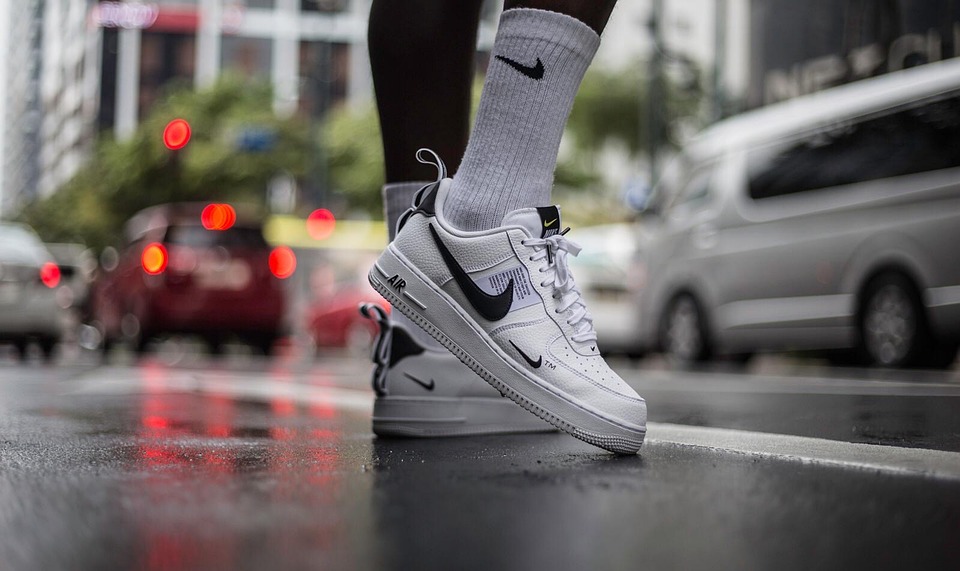The Art of Color Matching: 5 Tips for Perfectly Coordinated Outfits
Introduction
When it comes to putting together a stylish outfit, one of the key factors to consider is color matching. The art of color coordination can elevate your look and make a lasting impression. However, it can also be a daunting task if you are not familiar with the basic principles of color theory. In this article, we will provide you with 5 tips for perfectly coordinated outfits, helping you master the art of color matching.
1. Understand the Color Wheel
Before diving into the world of color matching, it is important to have a basic understanding of the color wheel. The color wheel is a tool that organizes colors in a circular format, helping us visualize their relationships. It consists of primary colors (red, blue, and yellow), secondary colors (green, orange, and purple), and tertiary colors (mixtures of primary and secondary colors).
By familiarizing yourself with the color wheel, you can easily identify complementary colors (opposite to each other on the wheel) and analogous colors (side by side on the wheel). Complementary colors create a striking contrast, while analogous colors create a harmonious blend.
2. Stick to One Dominant Color
When creating a coordinated outfit, it is best to choose one dominant color as the foundation. This color will be the main feature and will tie the whole look together. By keeping the majority of your outfit in this dominant color, you can add pops of other colors for interest and variety.
For example, if you choose navy blue as your dominant color, you can pair it with a white shirt, a red belt, and burgundy shoes. This adds depth to the outfit without overwhelming the eye.
3. Consider Skin Tone
Another important factor to consider when color matching is your skin tone. Certain colors complement different skin tones, enhancing your natural features and making you look more radiant.
For those with warm undertones, earthy tones like browns, oranges, and yellows work well. Cooler undertones are complemented by blues, purples, and greens. Experiment with different colors to find the ones that suit you best.
4. Create Balance through Neutrals
Neutrals play a crucial role in color matching by creating balance and allowing other colors to shine. Incorporating neutral tones like black, white, beige, or gray into your outfit can help tone down bold hues and create a more cohesive look.
For instance, if you are wearing a vibrant red dress, pairing it with nude heels and a black handbag will create a balanced and sophisticated ensemble.
5. Pay Attention to Patterns
When working with patterns, it’s essential to select colors that complement each other rather than clash. A general rule of thumb is to match one color from the pattern to another piece of your outfit. This ensures a cohesive look without overwhelming the eye.
For example, if you are wearing a floral skirt with shades of pink, blue, and white, selecting a top in one of those colors will create a harmonious outfit.
FAQs
Q: How do I know which colors are complementary?
A: Colors that are opposite each other on the color wheel are considered complementary. Some popular complementary color pairs are red and green, blue and orange, and yellow and purple.
Q: Are there any rules for mixing patterns and colors?
A: While there are no strict rules, a good guideline is to choose one dominant pattern and accompany it with smaller, more subtle patterns. Additionally, select colors from the pattern to coordinate with other pieces in your outfit.
Q: How can I make a statement with color matching?
A: To make a statement, experiment with bold color combinations. Consider pairing vibrant colors like red and teal or purple and yellow. Just be sure to balance the outfit with neutral tones to avoid overwhelming the look.
Q: Can I still color match if I prefer a monochromatic look?
A: Absolutely! A monochromatic look involves various shades and tints of a single color. By playing with different tones, you can still achieve a coordinated and visually appealing outfit.
Q: Is color matching the only factor in creating a stylish outfit?
A: While color matching is crucial, other factors such as fit, style, and occasion should also be considered. The goal is to find a balance between color coordination and overall aesthetic appeal.
Mastering the art of color matching takes practice and experimentation. By understanding the color wheel, selecting a dominant color, considering your skin tone, incorporating neutrals, and paying attention to patterns, you can create perfectly coordinated outfits that reflect your personal style.




